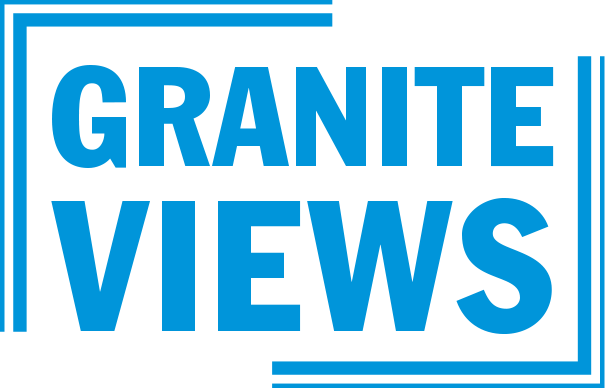By the time you read this, December will have slipped into January and another year will have ended. A time of transition, this — new calendars, new dates on checks (if you still write them), a new tax year, and the passing of the shortest day of the year. As has been my custom for many years, I pull out my journal for the year just ending and read over the entries that range from a simple recounting of daily events to musings about family, work or national happenings. There are regular mentions of the books I am reading (or want to read), of conversations with friends and occasionally strangers met by chance. Some of the earliest entries record promises made to myself back in January that I’ll get more exercise, follow less news, FaceTime my children and grandchildren, meditate each morning and take walks with my wife.
In the back of the journal, however, there is a list of the names of relatives, friends and colleagues who have died that year. The list is much longer than a single year, however, as it is one to which names are added regularly and it stretches back five years to when I began so noting the deaths. Akin, I recognize, to the Litany of the Saints that was a liturgical practice in my Catholic youth, I read down that now very long list (more than 50) and softly speak the names. The very sound of a deceased’s name immediately brings to mind some memory of a time spent with them — an event, a snippet of conversation or an image of something they have done. While there is no “Ora pro nobis,” as in the liturgy of my past, there is my own silent expression of gratitude for the time I did have with them. Each name is a so very distinct person who entered my life and left an impression. At the end, the litany itself is a mosaic of vastly different individuals who, together, have enriched my life and to whom I owe great gratitude.
After the hustle and stress of preparations for Christmas, followed by the celebrations of the day itself, there comes each year a more quiet time. The daily emails are fewer, there are fewer appointments to be met, and even, on occasion, a day completely free and clear of obligations. These are truly sacred times in the sense that religions the world over built them into their calendars to give people time to reflect and resolve. They are like a “Sabbath” for the year, a time when we leave off ordinary responsibilities and pay attention to our inner selves as we reflect on the year passing, those we have lost, and begin to set a new course for the year ahead. Soon enough the routine will be reestablished and these treasured days will have passed. One solid resolution is to not lose them in the moment of their quietude and reflection.

